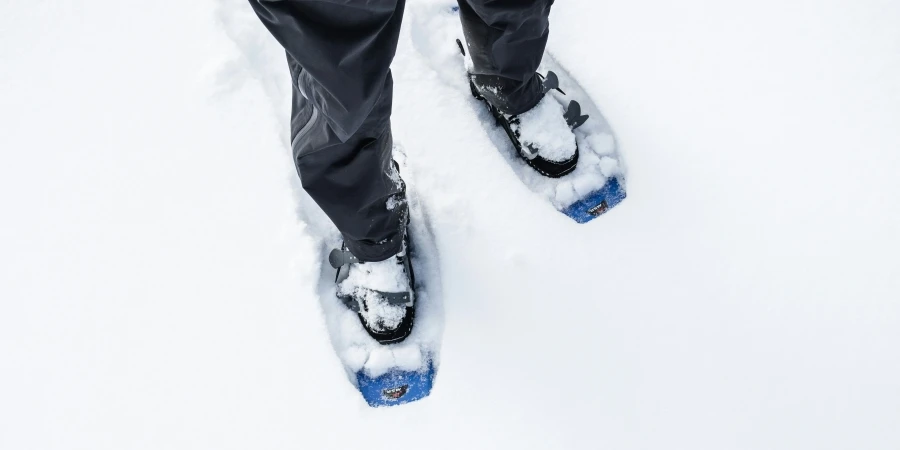The snow shoe market is experiencing significant growth, driven by the increasing popularity of winter sports and outdoor activities. This article delves into the market overview, highlighting the growing demand, key players, and regional trends that are shaping the industry.
Table of Contents:
Market Overview
Innovative Designs in Snow Shoes
Advanced Materials and Durability
Comfort and Safety Features
Conclusion
Market Overview
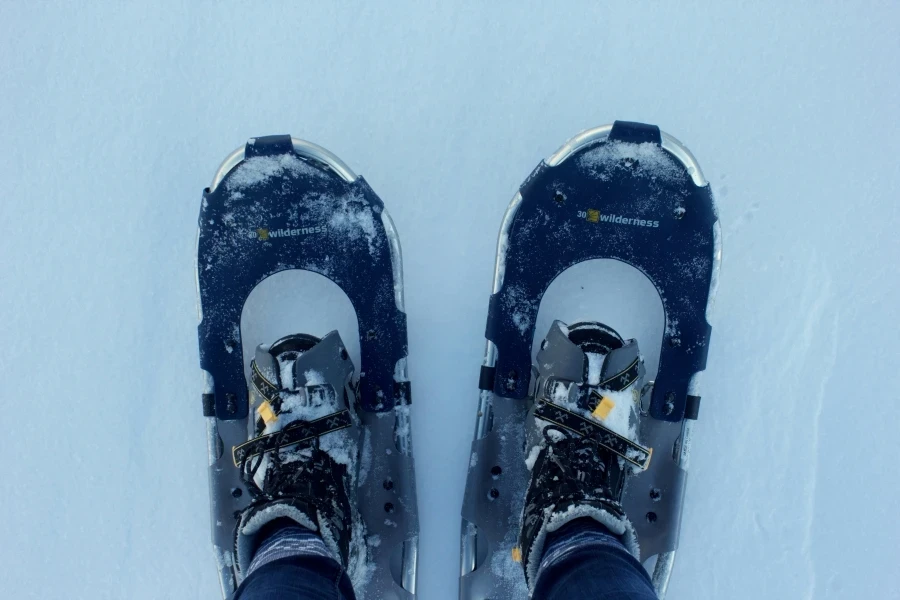
Growing Demand for Snow Shoes
The demand for snow shoes has been on the rise, fueled by the growing interest in winter sports and outdoor activities. According to Research and Markets, the global snow sports apparel market is expected to grow by USD 1,627.4 million during 2023-2028, accelerating at a CAGR of 6.07% during the forecast period. This growth is driven by the availability of a wide product mix and assortment of snow sports apparel, the rising popularity of winter sports, and the emergence of automation in the textile industry.
The increasing number of winter sports events and the growing popularity of snow sports among millennials are significant factors contributing to the market’s growth. Millennials are particularly drawn to winter sports for their health benefits, such as vitamin D exposure and muscle toning. Additionally, the trend of sharing winter sports experiences on social media platforms is driving the demand for fashionable and high-performance snow shoes.
Key Players in the Snow Shoe Market
The snow shoe market is highly competitive, with several key players dominating the industry. Some of the leading companies in the market include:
- Adidas AG: Known for its innovative designs and high-quality products, Adidas has a strong presence in the snow sports apparel market.
- Columbia Sportswear Co.: Columbia is renowned for its durable and weather-resistant snow sports apparel, making it a popular choice among consumers.
- Decathlon SA: Decathlon offers a wide range of affordable and high-performance snow sports products, catering to both beginners and professionals.
- Burton Corp.: Burton is a leading brand in the snowboarding industry, known for its cutting-edge technology and stylish designs.
- VF Corp.: VF Corporation owns several well-known brands, including The North Face, which is a major player in the snow sports apparel market.
These companies are continuously investing in research and development to introduce innovative products and expand their market share. For instance, Columbia Sportswear has been focusing on developing advanced materials and technologies to enhance the performance and durability of their snow shoes.
Regional Market Trends and Preferences
The snow shoe market exhibits distinct regional trends and preferences, influenced by factors such as climate, cultural practices, and economic conditions. North America and Europe are the largest markets for snow shoes, driven by the high participation rates in winter sports and the presence of well-established snow sports infrastructure.
In North America, the market is primarily driven by the United States and Canada, where winter sports are a popular recreational activity. The region’s cold climate and extensive snow-covered areas make it an ideal market for snow shoes. According to Research and Markets, the North American snow sports apparel market is expected to witness significant growth in the coming years, driven by the increasing number of winter sports enthusiasts and the growing popularity of snow sports events.
Europe is another major market for snow shoes, with countries such as Germany, France, and Switzerland leading the way. The region’s rich tradition of winter sports and the presence of world-class ski resorts contribute to the high demand for snow shoes. Additionally, the increasing number of women participants in snow sports events is driving the sales of women’s snow sports apparel in Europe.
The Asia Pacific region is anticipated to witness significant growth in the snow shoe market, driven by the growing middle-class population and increasing disposable incomes in countries such as China and India. The rising popularity of winter sports and the establishment of new ski resorts in the region are expected to boost the demand for snow shoes. According to Research and Markets, the Asia Pacific snow sports apparel market is projected to grow at a rapid pace, with manufacturers focusing on expanding their presence in the region to cater to the growing demand.
In conclusion, the snow shoe market is poised for substantial growth, driven by the increasing popularity of winter sports, the presence of key market players, and distinct regional trends. As the market continues to evolve, companies are focusing on innovation and expanding their product offerings to meet the diverse needs of consumers worldwide.
Innovative Designs in Snow Shoes
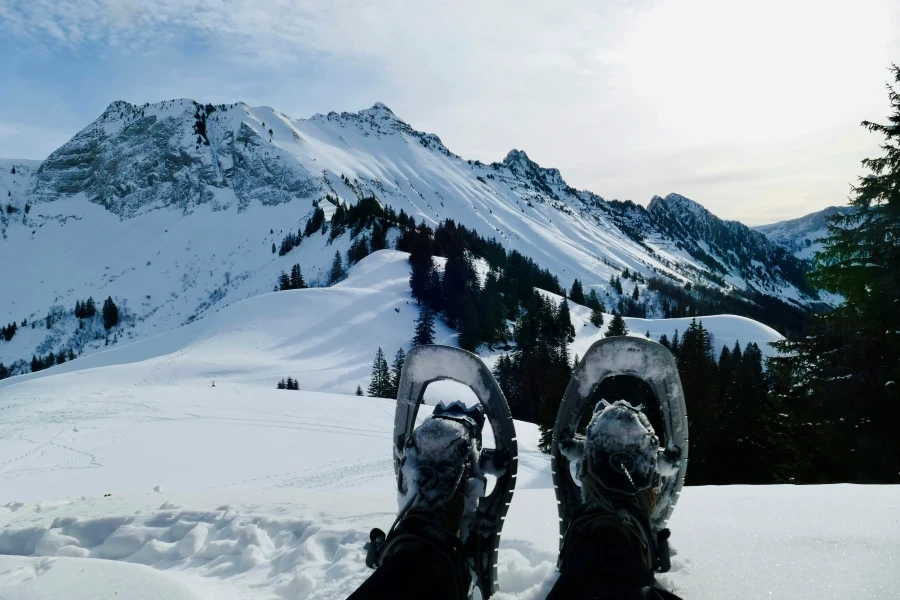
Ergonomic and Lightweight Designs
In recent years, the snowshoe industry has seen a significant shift towards ergonomic and lightweight designs. This trend is driven by the increasing demand for snowshoes that offer both comfort and performance. Modern snowshoes are designed to provide a wider platform underfoot, which helps users stay afloat in soft snow. This is particularly important for those who venture into deep powder, as it prevents sinking and allows for a more enjoyable experience.
One of the key aspects of ergonomic design is the focus on reducing the overall weight of the snowshoe. Lightweight materials such as aluminum and composite plastics are commonly used to achieve this goal. These materials not only reduce the weight but also enhance the durability and performance of the snowshoes. For instance, the Xero Alpine Snow Boots, weigh well under 2 pounds for the pair, making them an excellent choice for those who prioritize minimalism and comfort.
Customizable Features for Enhanced Performance
Customization is another significant trend in the snowshoe industry. Modern snowshoes come with a variety of adjustable features that allow users to tailor their equipment to their specific needs. This includes adjustable bindings, heel lifts, and interchangeable crampons. These features enhance the performance of the snowshoes by providing better traction, stability, and comfort on various terrains.
For example, the “Best Winter Traction Devices of 2024” report highlights models like Hillsound’s Trail Crampon Pro and Snowline’s Chainsen Ultra, which have crampon-like spikes at the front for toeing in on steep slopes and kicking steps. These features are particularly useful for those who engage in more technical alpine pursuits and ice climbing. The ability to customize the snowshoes according to the terrain and activity ensures that users can achieve optimal performance and safety.
Advanced Materials and Durability
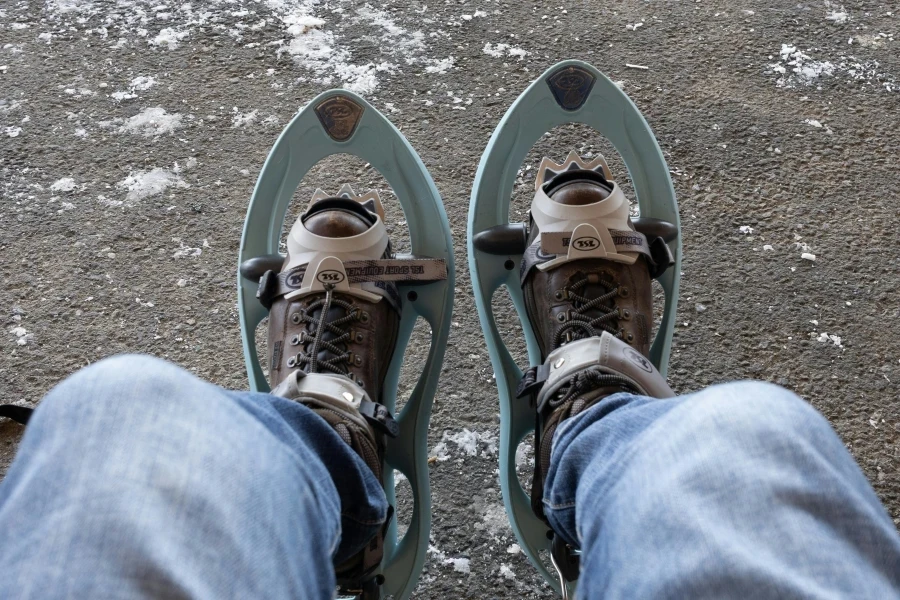
High-Quality Materials for Longevity
The use of high-quality materials is crucial for the longevity and durability of snowshoes. Manufacturers are increasingly turning to advanced materials that offer superior strength and resilience. Materials such as synthetic insulation and waterproof membranes are commonly used in winter footwear to enhance durability and performance. These materials are also being incorporated into snowshoe designs to provide better protection against the elements.
For instance, the Xero Alpine Snow Boots feature 200 grams of synthetic insulation and seam-sealed inner booties that step up the waterproofing. These features ensure that the snowshoes remain functional and durable even in harsh winter conditions. The use of high-quality materials not only extends the lifespan of the snowshoes but also enhances their overall performance.
Weather-Resistant and Robust Construction
Weather resistance is a critical factor in the design of snowshoes. Snowshoes must be able to withstand extreme cold, moisture, and rough terrains. The “Best Winter Traction Devices of 2024” report emphasizes the importance of robust construction in snowshoes, particularly for those who venture into high-altitude and extreme environments. Snowshoes with weather-resistant features such as waterproof coatings, reinforced frames, and durable bindings are essential for ensuring safety and performance.
For example, the Merrell Thermo Chill and Danner Arctic 600 Side-Zip, are designed with lighter-weight uppers and less insulation to provide a balanced design that performs well in mild winter conditions. These features are also applicable to snowshoes, where a balance between weight and weather resistance is crucial for prolonged use in various terrains.
Comfort and Safety Features
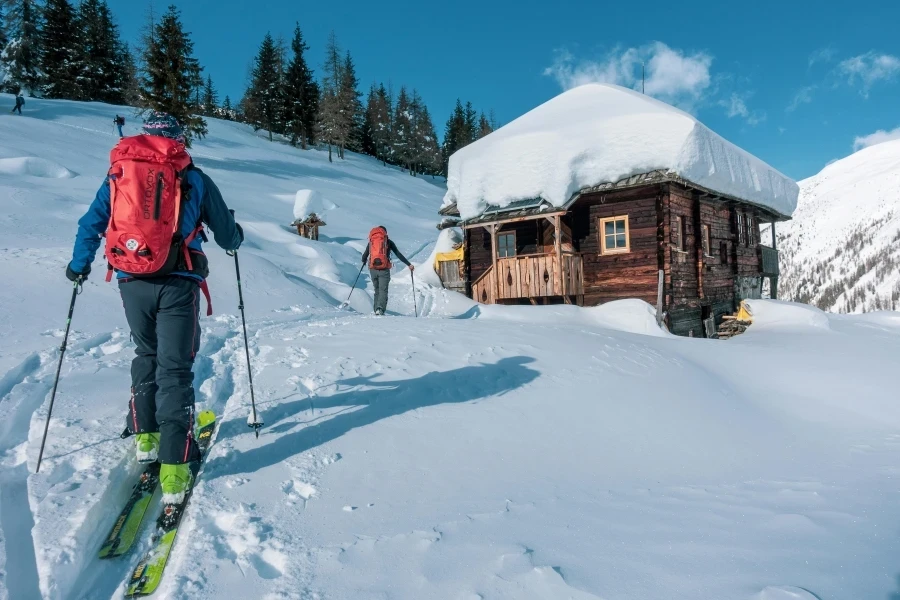
Enhanced Comfort for Prolonged Use
Comfort is a top priority for snowshoe users, especially for those who spend extended periods outdoors. Modern snowshoes are designed with features that enhance comfort and reduce fatigue. Features such as removable insoles and ergonomic designs are essential for providing a comfortable fit. These features allow users to adjust the snowshoes according to their foot shape and sock thickness, ensuring a snug and comfortable fit.
For instance, the Xero Alpine Snow Boots offer a removable insole that helps users tailor the feel of the snowshoes and provide more or less room for different sock thicknesses. This level of customization is crucial for maintaining comfort during prolonged use. Additionally, lightweight designs and cushioned footbeds help reduce the strain on the feet, making it easier to cover long distances.
Safety Mechanisms for Various Terrains
Safety is another critical aspect of snowshoe design. Snowshoes must be equipped with features that provide stability and traction on various terrains. The “Best Winter Traction Devices of 2024” report highlights the importance of traction devices such as crampons and spikes for navigating steep slopes and icy surfaces. These features are essential for preventing slips and falls, ensuring the safety of the users.
For example, snowshoes with integrated crampons and aggressive tread patterns provide excellent grip on icy and uneven surfaces. The use of weather-resistant materials and robust construction also enhances the safety of the snowshoes by providing better protection against the elements. These safety mechanisms are crucial for ensuring that users can navigate different terrains with confidence and ease.
Conclusion
The snowshoe industry continues to evolve with innovative designs, advanced materials, and enhanced comfort and safety features. As reported by various sources, the focus on ergonomic and lightweight designs, customizable features, high-quality materials, and robust construction ensures that modern snowshoes meet the demands of today’s outdoor enthusiasts. Looking ahead, we can expect further advancements in snowshoe technology, driven by the need for better performance, durability, and sustainability.
